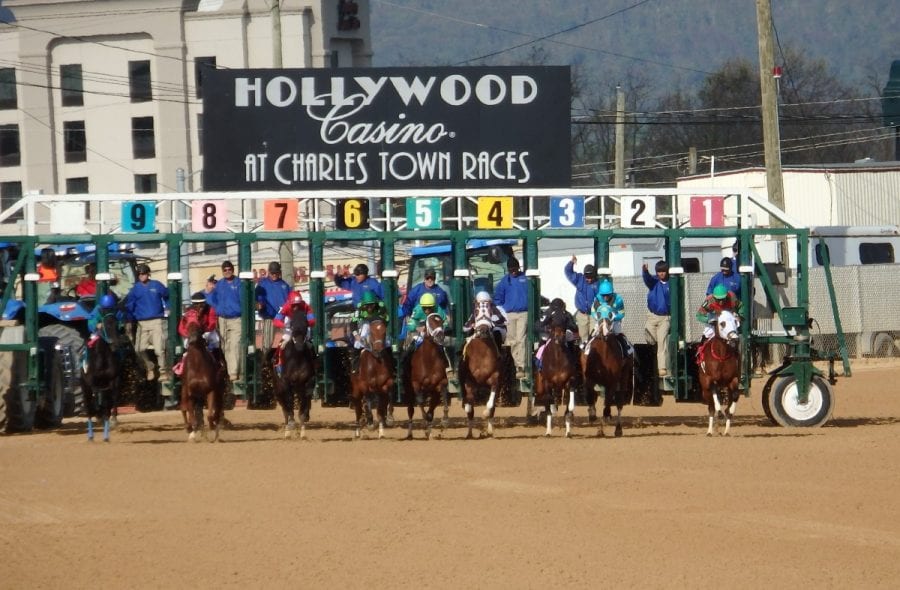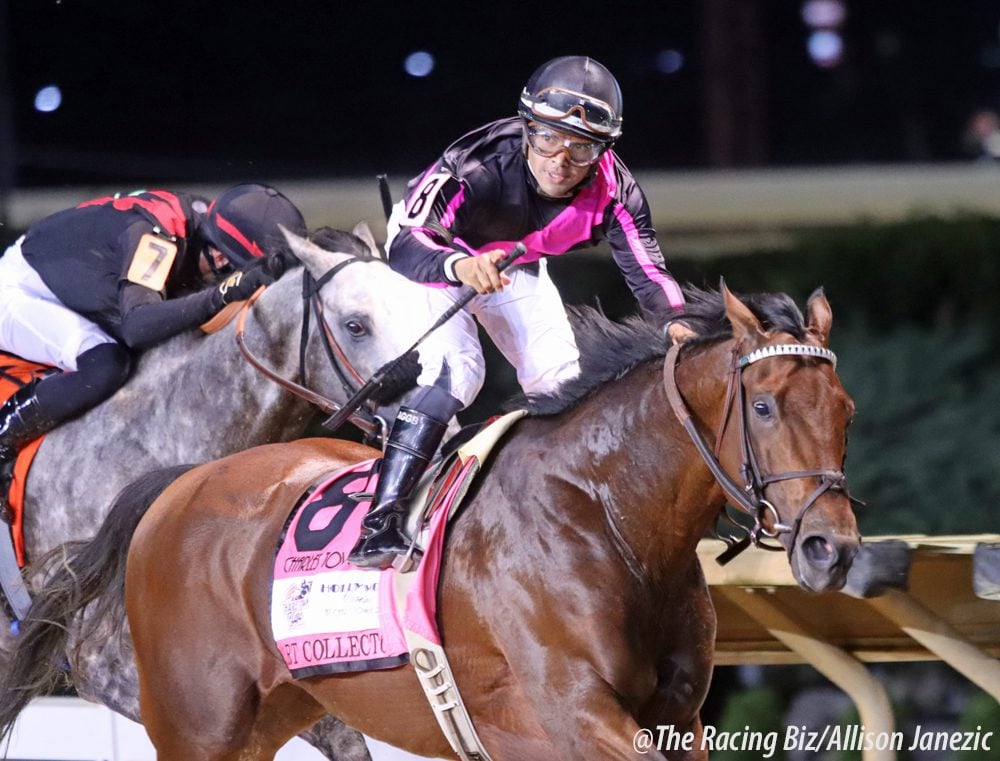Bond sale nears as “Pimlico Plus” faces budget, timeline strain
With the demolition of Pimlico complete and due diligence on the proposed new training center at Shamrock Farm nearly so, the Maryland Stadium Authority is preparing to issue the first bonds to support the “Pimlico Plus” project in December.
But while the Pimlico component of the project is “going full steam,” a Maryland Stadium Authority (MSA) representative said Nov. 21, the “Plus” part – namely, the training center necessary to support a revitalized Pimlico – well, it’s complicated. Actually, the whole project is.
This article contains affiliate links. If you click and buy, we may earn a commission at no extra charge to you.
Pick up reliable and rewarding tickets for major events!
Cost, timing, and even, potentially, the location of the training center remain critical factors in flux.
The Pimlico Plus plan, developed by the now-shuttered Maryland Thoroughbred Racetrack Operating Authority (MTROA), envisions Maryland racing slimmed down to two facilities: Pimlico for racing and some training and a separate training center to support it and ensure a sufficient horse population.
The state law to enable the project permits the Stadium Authority to issue up to $400 million in bonds to support the project. The MSA expects to put the first tranche of more than $200 million in bonds up for sale in December.
But the uncertainty is why T. K. Keugler, a member of the board of directors of the new Maryland Jockey Club (TMJC), which will operate the facilities, said over the summer that facilities are “probably 80% of the place where energy is being spent right now” by the board.
Start with the money question.
“We’re in the design stage right now, talking to engineers and architects and state regulators, and when you’re in that phase, there are no clear answers,” added TMJC board chair Jim Dresher. “This thing is more expensive than anybody anticipated.”
“If you look when the [initial] law was passed in 2020, it’s five years later,” Maryland Stadium Authority Executive Vice President Gary McGuigan explained. “Costs have gone up in five years by 30-to-35%, and on the other side of that, you know, we issue bonds to finance these things, right? And bond rates have gone up, so we can buy less.”
Because of that challenging combination, said McGuigan, “There’ll have to be compromises.”
One of those compromises is likely to be the timing.
“I will say it’s looking more likely that we will have to exercise the ’28 option [to continue to use Laurel Park],” McGuigan said. “The ’28 Laurel option is $3.5 million.”
At the same time, the training center situation has grown more complicated. It likely will not be complete in 2027.
The MSA, which McGuigan said was not involved in the selection of the training center site, is now in the midst of conducting its due diligence on Shamrock Farm, chosen by the MTROA for the training center and purchased earlier this fall for $4.48 million. That due diligence will enable the team to put a price tag on the training center and thus to know how much money is available for use at Old Hilltop.
It won’t come cheap.
“It is a difficult site, I will say that, but I won’t know how much it will cost to transform into a training center until probably mid-December at this point,” McGuigan said.
Several factors make it difficult. Water and septic are one set of issues, because “there’s no public utilities.” The hilly topography of the property is another challenge, which will require “a lot of dirt moving.”
The third factor that the MSA has encountered are regulatory issues, such as a stream running through the property which will need to be protected. These issues “will probably add more cost,” he said.

In fact, rumors are flying that another site might yet prove a more economical and better option than Shamrock even with four million-plus already committed in that direction. Some horsemen have held out hope that Laurel would somehow find its way back into the mix.
McGuigan would not comment on whether efforts are afoot to obtain a different training center site but did confirm that he was among a group of people who recently conducted a site visit to Sagamore Farm in Reisterstown. That visit was first reported by the Baltimore Banner.
The uncertainty in the other areas, particularly as regards the training center budget, also impacts the Pimlico budget and timeline.
McGuigan said the new Pimlico clubhouse will not be finished in 2027. The Preakness is expected to take place at Pimlico that year with temporary facilities for patrons.
While the exact shape of Pimlico’s new clubhouse has not been finalized – and can’t be until the amount of money needed for the training center is known – McGuigan said it will be “smaller than [the MTROA] envisioned.”
While the MTROA, he said, imagined the clubhouse as “like a mini-conference center,” that’s had to be scaled back.
“It’s going to go back to the original vision of being a venue for racing that could be used other times of the year for things like banquets,” he said. “But the focus is on the racing.”
And yet, despite the financial pressure, regulatory obstacles, and sheer complexity of the work, McGuigan and others outwardly remain confident that, compromises and all, Pimlico Plus will deliver the new facilities and a shot in the arm to the racing industry.
“I think this will let us build two facilities that let us execute in modern racing,” TMJC board member Keugler added. “I 100 percent believe that.”
Pick up reliable and rewarding tickets for major events!
LATEST NEWS

















